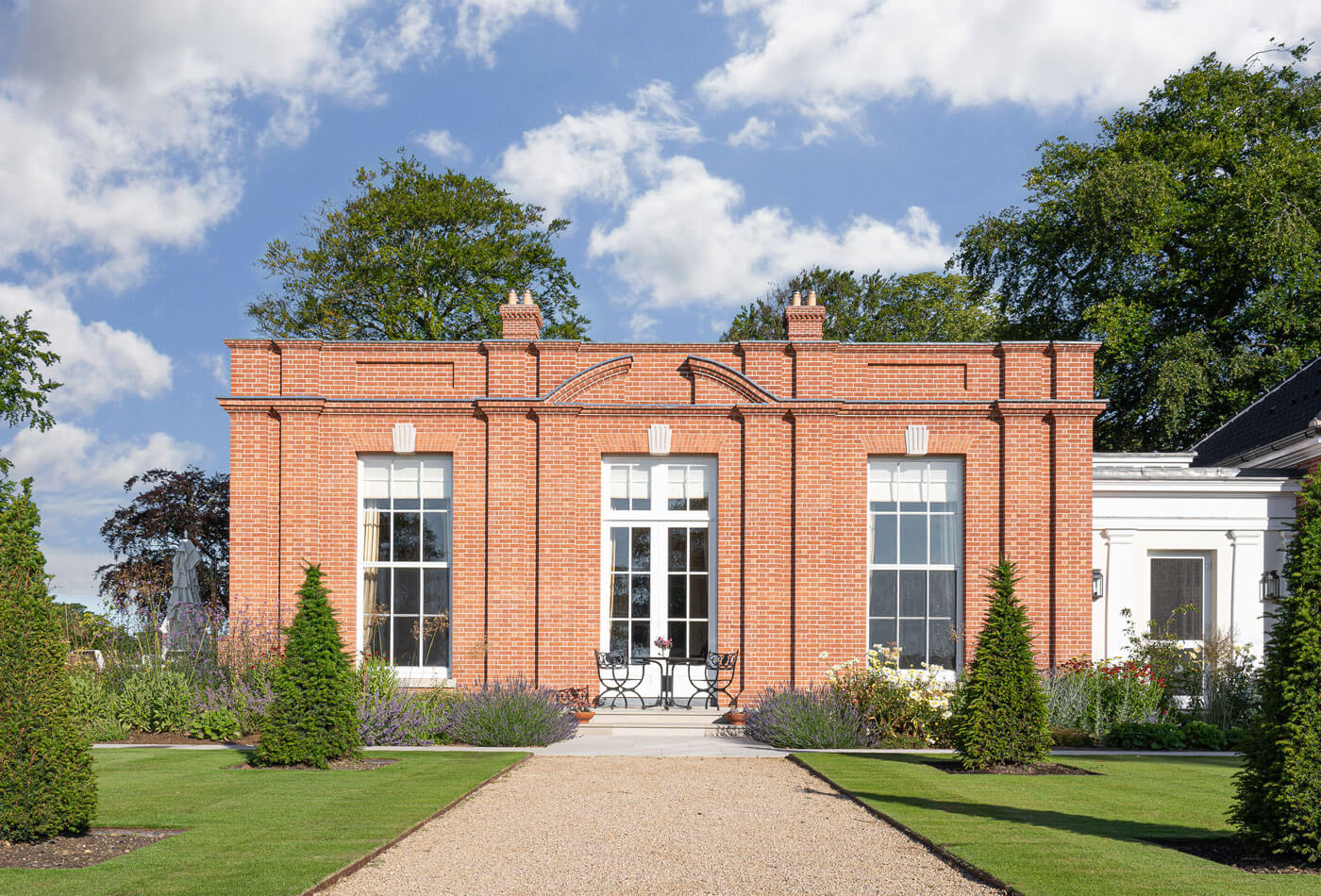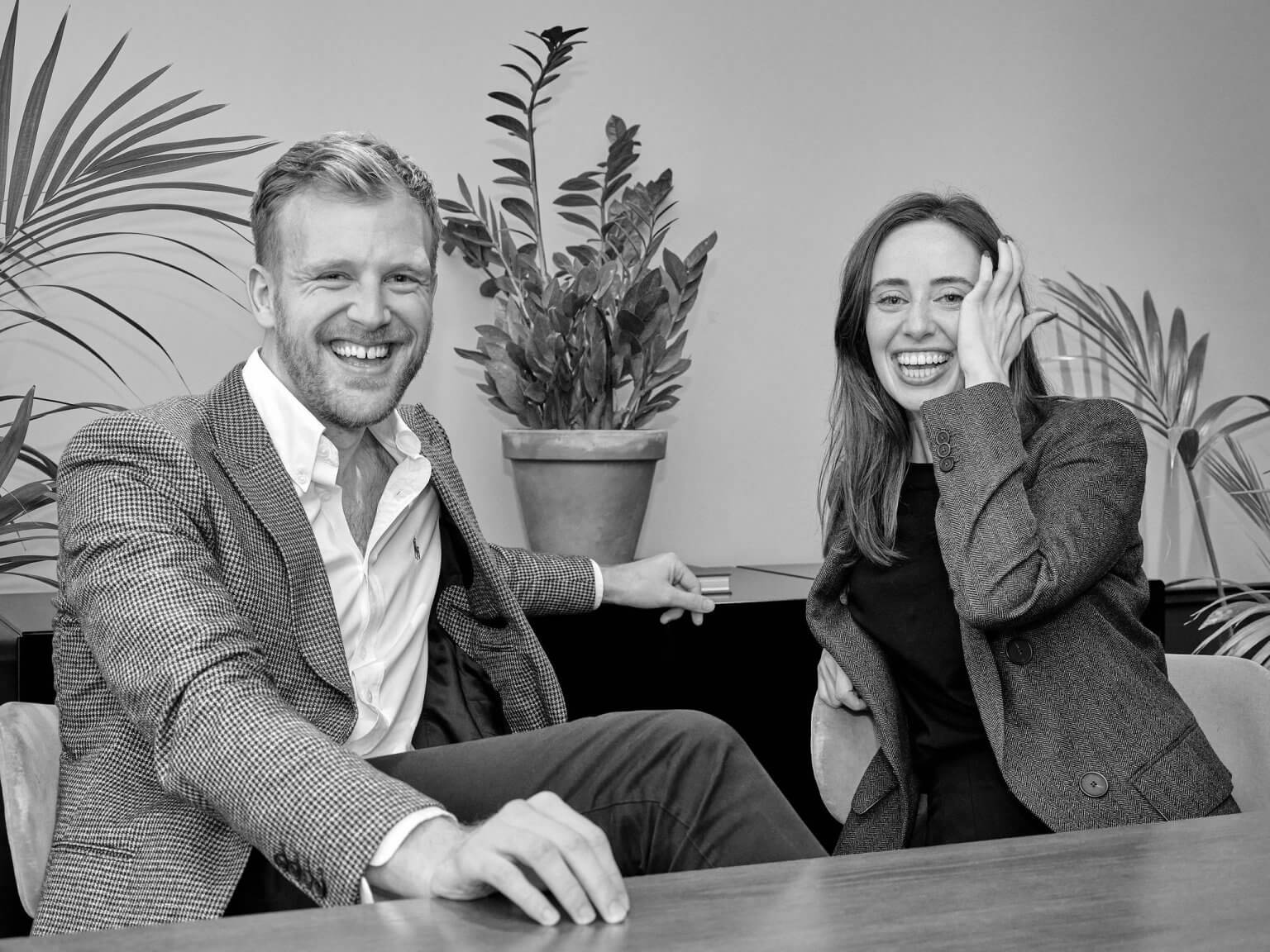What clients really need: the hidden agenda
1. A matter of confidence?
It’s rarely spoken of, but many if not most clients need a bit of a confidence boost when thinking about approaching a leading designer to work on their project, even though the clients will be extremely self-assured in all other areas of their lives.
It is a rare client who knows from the outset exactly how they want things designed and has the ability to articulate this clearly. Yet designers can usually see in an instant how best to approach a particular creative scheme or challenge. All of this means that approaching an in-demand designer can feel like seeking an audience from a king or queen.
So it helps clients to keep in mind that even the most sought after designers with the grandest reputations are flattered by each new client enquiry. And designers are often surprisingly anxious about where their next project is coming from—many have sizeable studios and staffs to keep up. So clients are in a much stronger position than they may at first realise. And even if a project is not right for the particular designer, you can rely on designers in general to assess its suitability quickly and advise you diplomatically that they aren’t right for your project.
It is fascinating to watch how clients’ stylistic ideas develop and unfold, almost taking on a life of their own sometimes.
It can also be quite a challenge to define your own style. Most of us know what we like when we see it, but to describe it, capture it and make it your own, and also your partner’s, can be a tall order. It is fascinating to watch how clients’ stylistic ideas develop and unfold, almost taking on a life of their own sometimes.
But this is where the expertise of creative designers becomes invaluable. They are wonderfully skilled at drawing out then pinpointing clients’ stylistic preferences. And, be reassured, we have never seen a designer fail to find a way of pleasing both halves of a couple with different tastes.
2. The value of validation
Even if you are armed with a longlist of ‘the best interior designers’, it is very challenging to navigate through this and to find the ideal one for yourself. The challenge here is that one cannot possibly find out everything one needs to know simply from eye-catching images online or a glossy magazine write-up. The relative costs of using one designer versus another, their reliability at delivering projects, the extent of their skills—these are just a few of the key areas that websites or profiles leave unexamined.
And this is another point at which RedBook helps clients, giving them ‘under the bonnet’ insights into different designers and comparing their suitability for a particular project. For all kinds of reasons, the brilliant designer employed by your cousin for their Grade II listed house in Kensington won’t necessarily be the right choice for your new-build family home in Sussex, or vice versa.
3. Getting your house in order
Almost everyone with a project wonders where to begin, especially when the project is on a large scale or involves substantial new-build elements.
They wonder whether it is best to start by talking to a builder, the local planning authority, an architect, an interior designer or just a friend? Unfortunately, the hard reality is that if you get the sequence wrong a project can be seriously compromised before it even starts.
So clients can face fairly acute stress at this point, alongside a great deal of excitement. But as soon as the needs of their particular project are analysed, and the logic of speaking to one type of professional before another is explained, their anxiety immediately dissipates.
Just understanding the process and sequence of how to approach a project clearly can be like taking an aspirin—or maybe a large gin and tonic.
For example, if you are building a new house in the countryside, it may be best to start by speaking to a planning consultant but quickly follow on with an architect and garden designer, while avoiding talking to the local authority even informally until you know clearly what you want to build and where. Or if you want to alter a townhouse, you may well be better off speaking initially to an interior designer rather than an architect unless the structural changes you plan are significant.
Just understanding the process and sequence of how to approach a project clearly can be like taking an aspirin—or maybe a large gin and tonic.
4. A question of etiquette
What if you have an awkward question you wish to ask an architect you are considering using? And how much can you expect a designer to do before you appoint them formally? Is it OK to ask a designer to visit your home for an initial consultation for no charge, can you visit their studio or their office, is it acceptable to request two further meetings where samples are studied and sketches and portfolios are pored over?
Architects and designers love to show their work, and understand the importance of making the right decision, so they tend to be willing and generous. But they will be equally drawn to ‘good clients’, who are sensitive to their time and offering. It is always OK to ask, but best to keep these asks neatly packaged, and not drip-feed questions as and when they occur to you. This relationship works two ways, and an attractive client is one who is considered, enthusiastic, efficient, realistic and respectful. This will be returned twice over by the designer.
5. A secret ingredient
Looking at interior designers, the person you choose to work with needs to understand not only how you like things to look but also how you want to live, and how you want your home to make you and your loved ones feel when they are there.
A deep level of trust and understanding between you and your designer is essential here and this comes down to that intangible ingredient, personal chemistry.
So when you are trying to assess personal chemistry, it helps to be conscious of certain revealing questions. Above all, is the designer a good listener and are they responding accurately to what you are saying?
This is obviously important with every member of a project team but especially relevant to interior designers as you are entrusting them with creating the inner sanctum of your home—the main bedroom and bathroom, your personal study or office—as well as all the other spaces.
6. Mongolia or Siberia?
A client recently mentioned to us that embarking on the task of building his new house felt rather like setting off on a car journey to Mongolia, and when choosing the key members of his project team (planning consultant, architect, garden designer and so on) he said he wanted above all to be sure he would be sharing the car with people he would enjoy being with close up on a long adventure.
We think that is a brilliant analogy, and he is absolutely right in making this the touchtone for his choices.
The professionals working on your project should be doing the hard work for you and leaving you free to keep a light hand on the steering wheel and enjoy the view.

A project is like a journey: make sure you can enjoy the view

